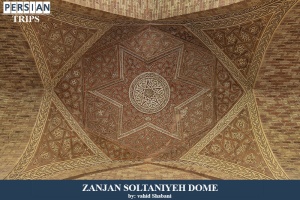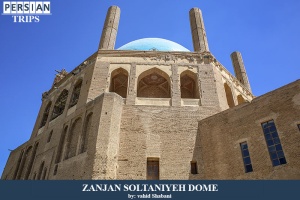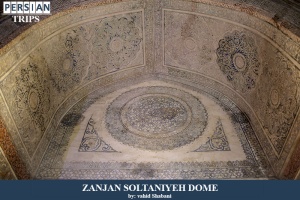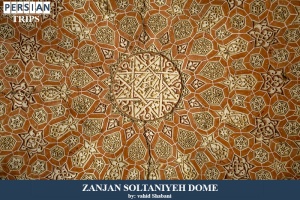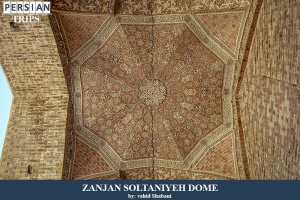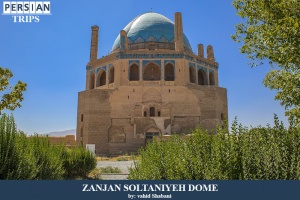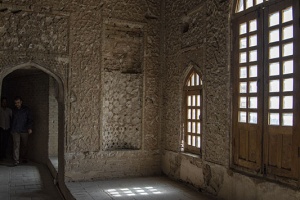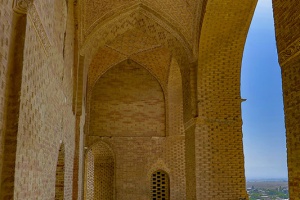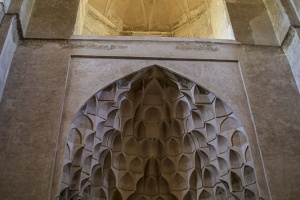Zanjan Soltaniyeh Dome
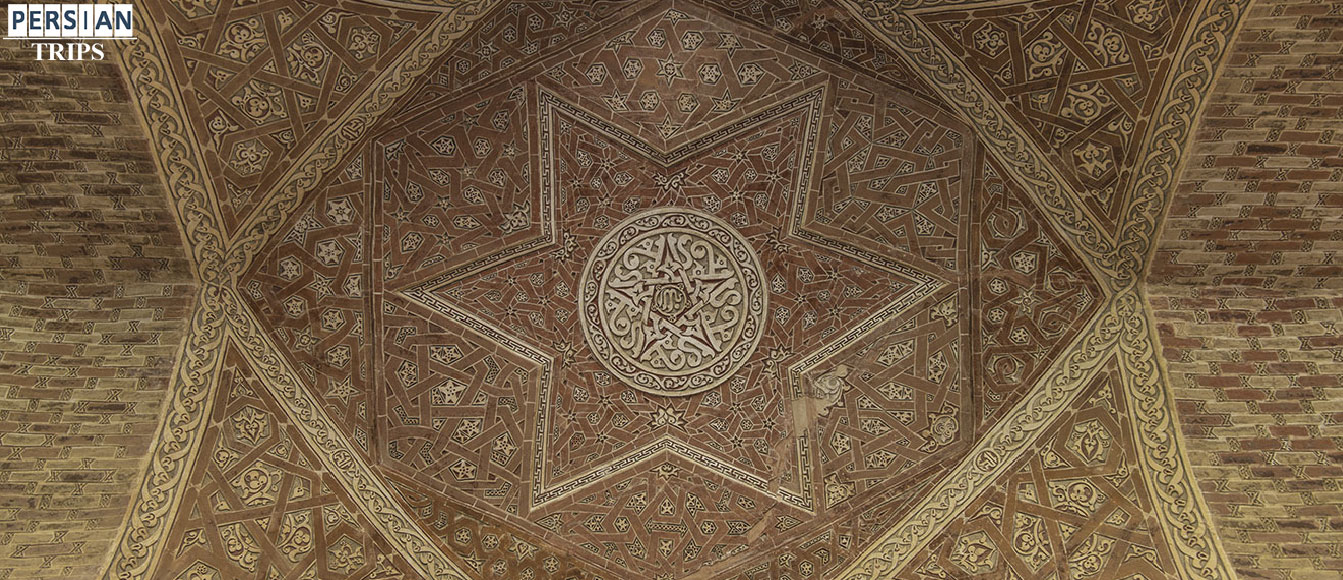
Zanjan Soltaniyeh Dome, the seventh Iranian monument inscribed on the UNESCO World Heritage List, is the largest historical brick dome in Iran, which is located 39 km south of Zanjan province. This dome weighs 1600 tons and has been standing for more than 700 years with only 8 cm of subsidence.
After the establishment of Mongols in Iran and choosing Tabriz as the capital, Soltaniyeh plain attracted the attention of Mongol rulers due to the similarity of Soltaniyeh plain to the grasslands of Mongolia; Soltaniyeh was a vast plain used for entertainment and hunting before becoming a city. During the Ilkhanid period, Soltaniyeh was the third capital of the government after Maragheh and Tabriz. Sultan Mohammad Khodabandeh known as Oljaito, ordered the construction of a tomb in Soltaniyeh during his reign. His purpose of constructing such a unique building was to bury the body of the first Imam of the Shia in it; however, he failed to do so as a result of the rejection of Shia scholars; after his death, this place was probably used as a tomb for himself.
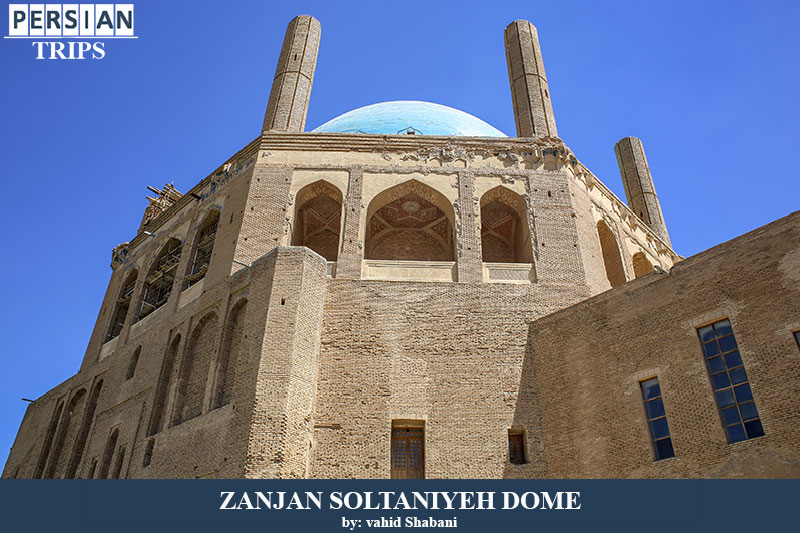
Soltaniyeh Dome is the third tallest dome in the world after the Church of Santa Maria in Italy and Hagia Sophia in Turkey. This historical dome is the first double-shell dome in the world that inspired the architects of Santa Maria Del Fiore Cathedral in Italy and Taj Mahal in India. Although this building may seem like just a simple dome at first glance, several main parts can be considered for it including the tomb, the catacomb cellar, and the dome. Decorations, like using Islamic patterns, blue color and wooden decorations are the first mesmerizing feature in the construction of Soltaniyeh dome. The dome of this building, which is one of the masterpieces of Iranian and Islamic architecture, is octagonal; this dome is 54 meters high and shines like a turquoise jewel in a green plain. This monument is built on eight sides with a minaret on each side. Some people believe that these minarets are built to recite Azan (call to prayer) on each of them; however, others believe that these minarets were built for preservation of the building during an earthquake. The dome of Soltaniyeh has three floors with architectural style similar to the architecture of the Seljuk period. Magnificent double shell dome, artistic tiles, arches and delicate plasterwork with gold and turquoise colors have all made the architecture of this historical monument known in the world. Many tourists from all over the world come to Soltaniyeh to visit this architectural masterpiece every year.
Tags: Zanjan Soltaniyeh Dome, UNESCO World Heritage Sites, Domes in Iran, Iran Historical Attractions, Zanjan Attractions, Ilkhanid Monuments, Mongols in Iran
